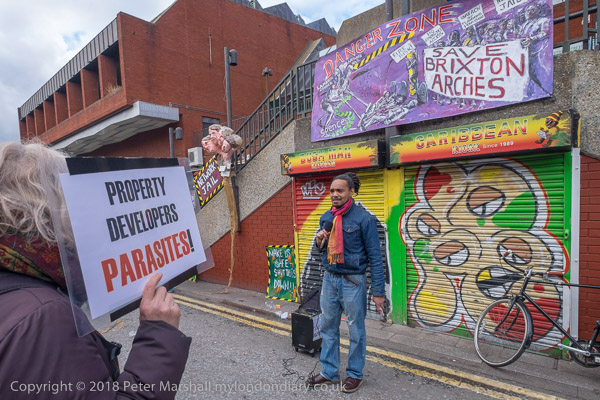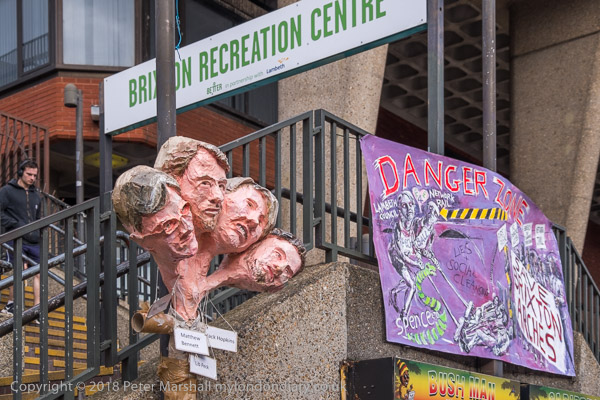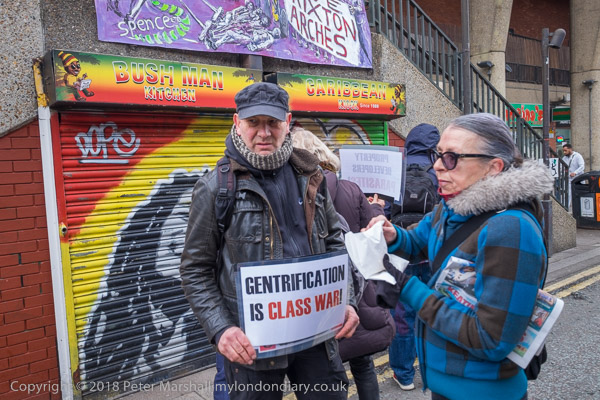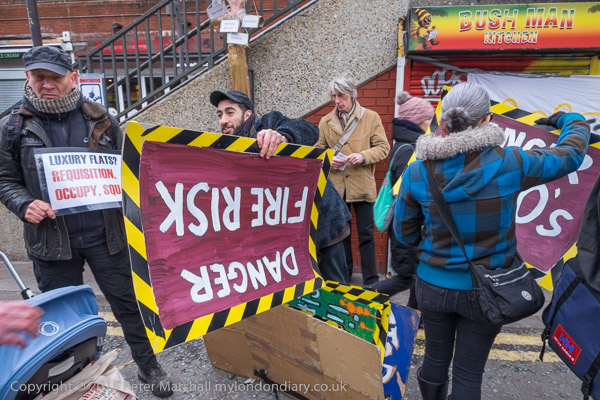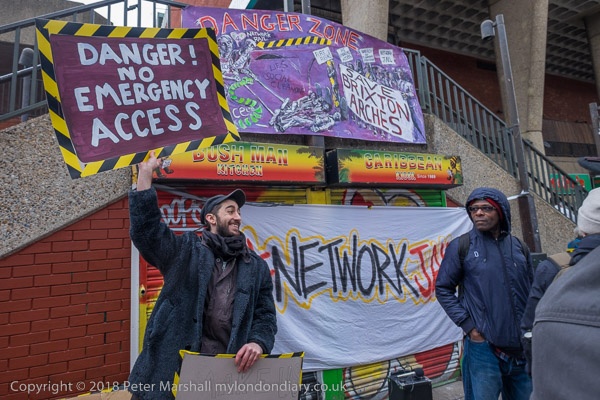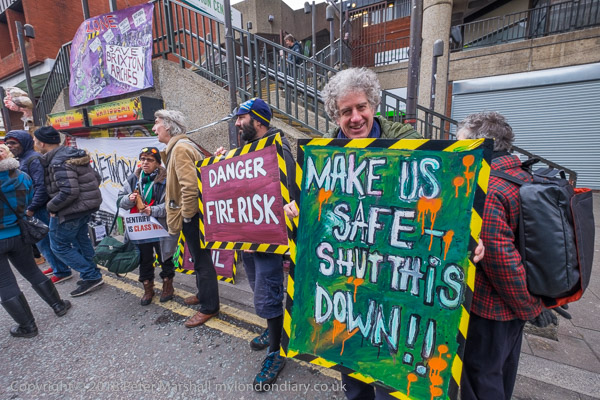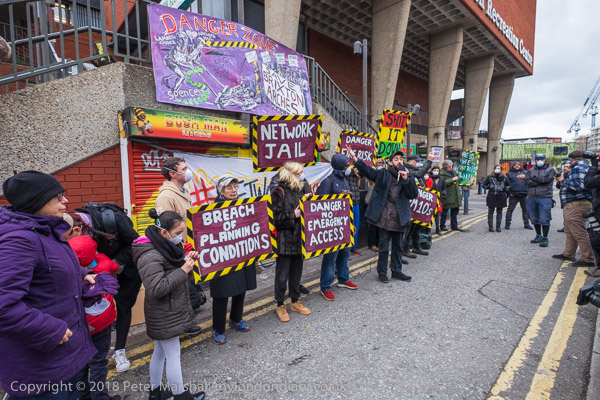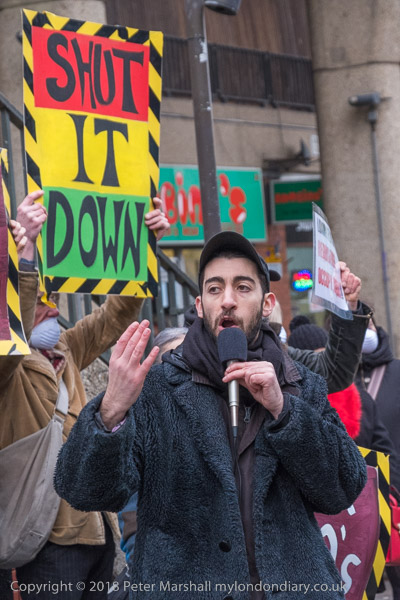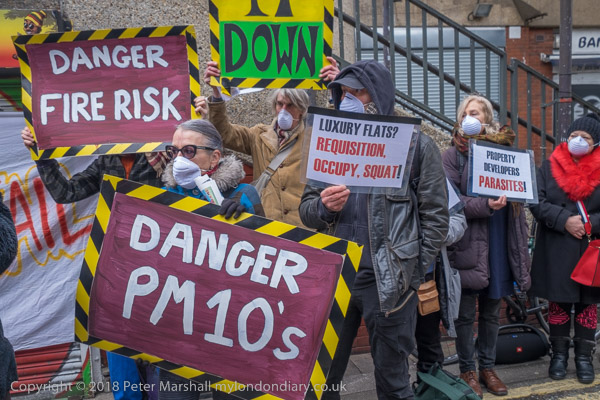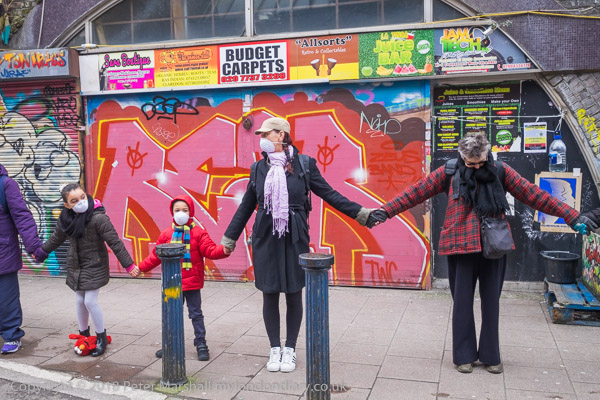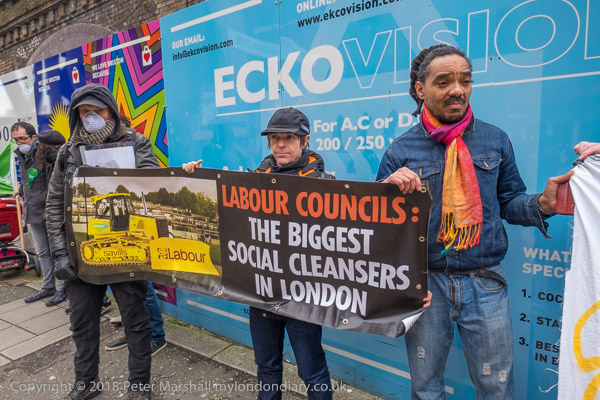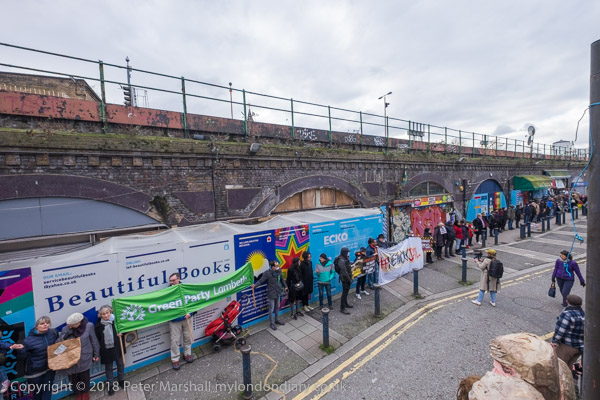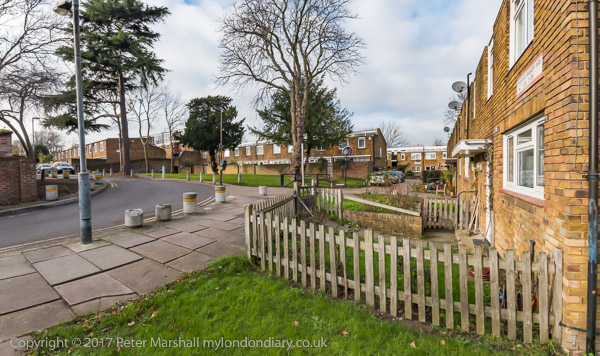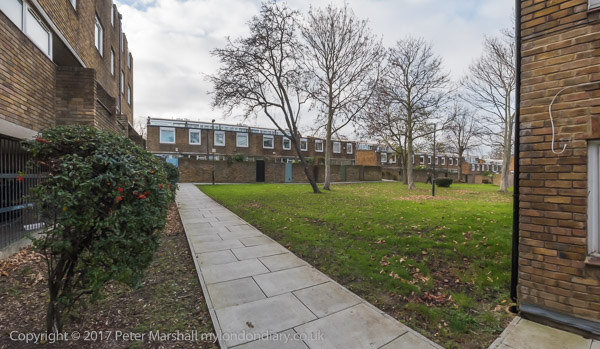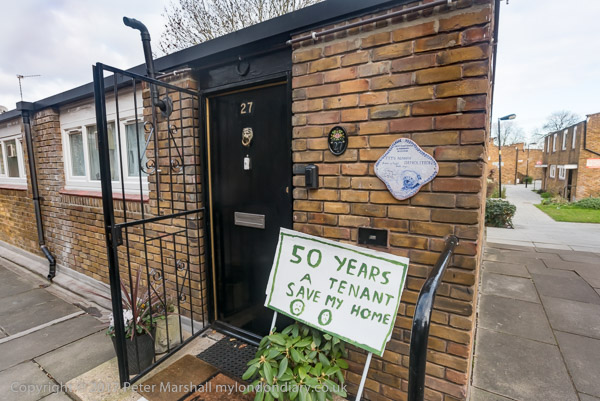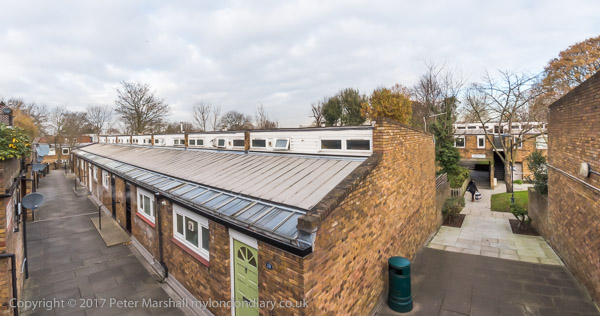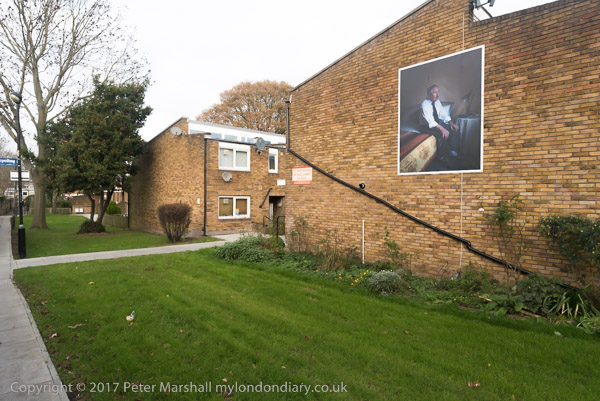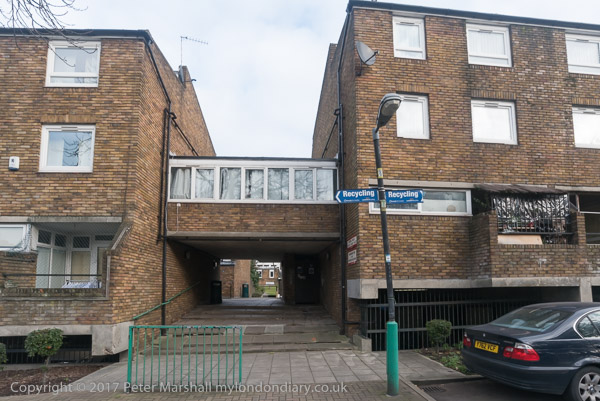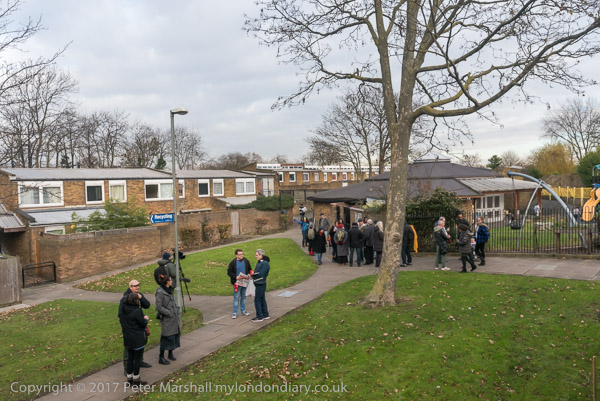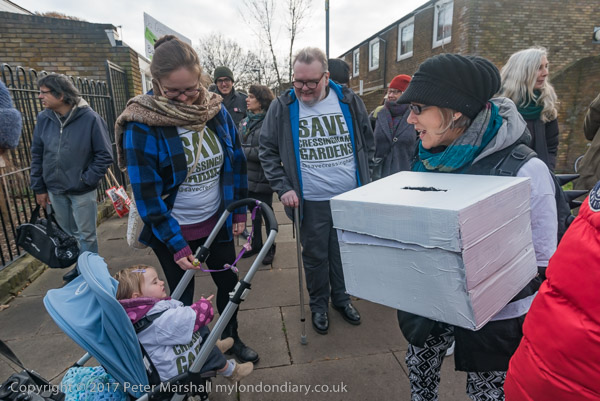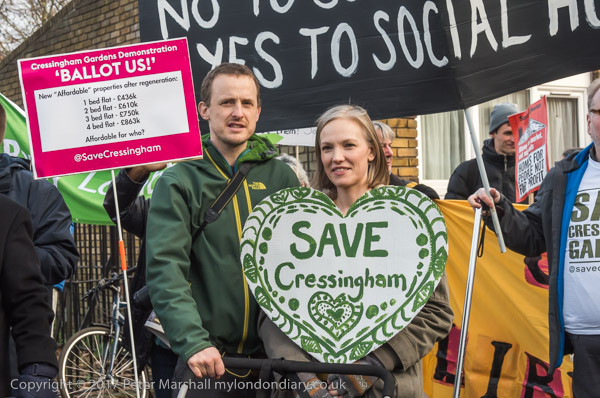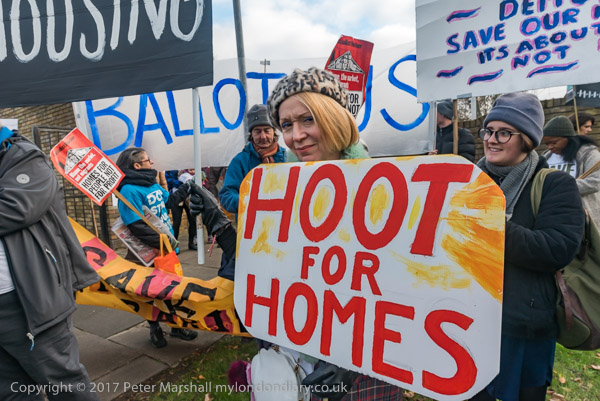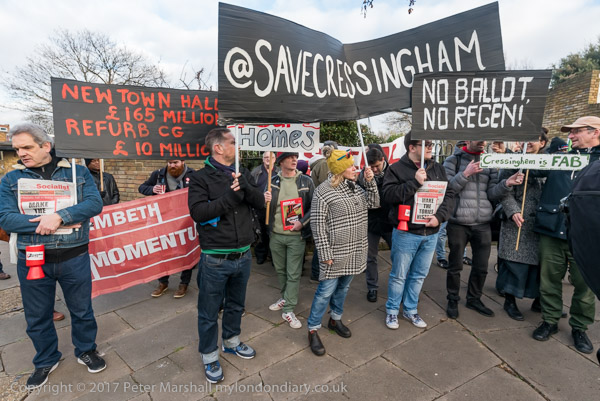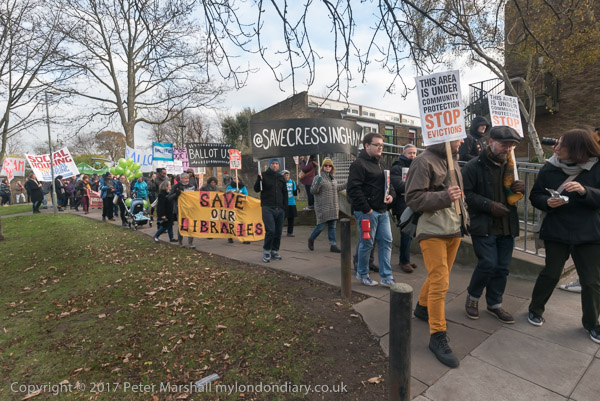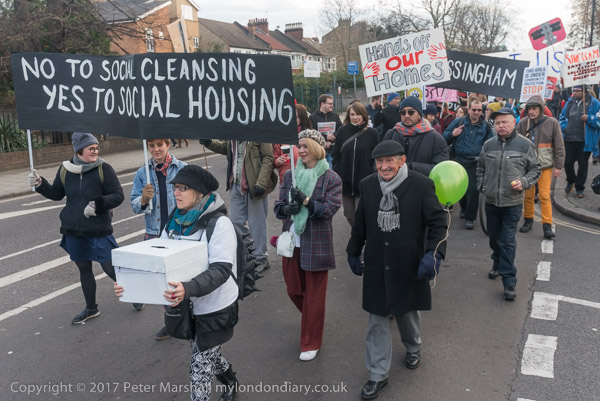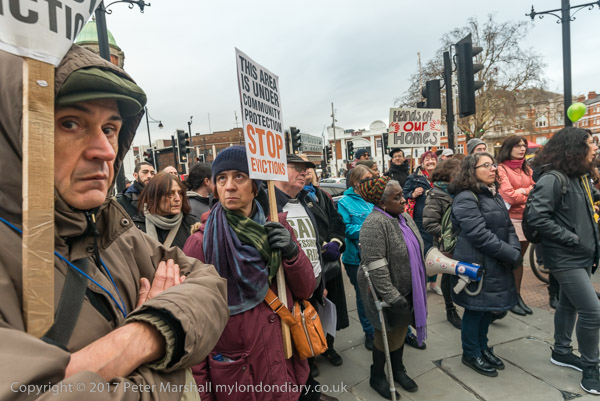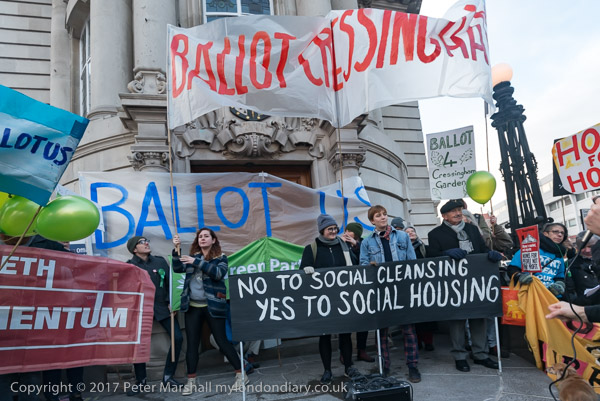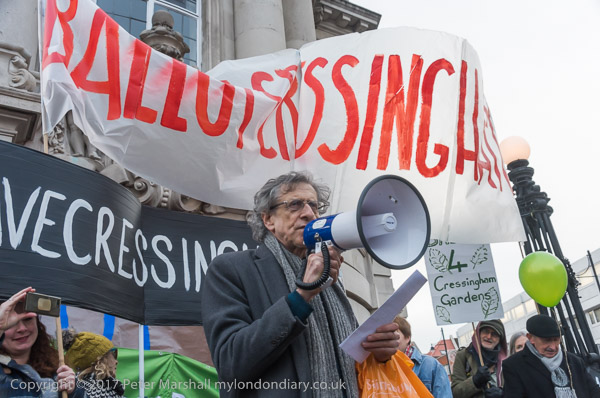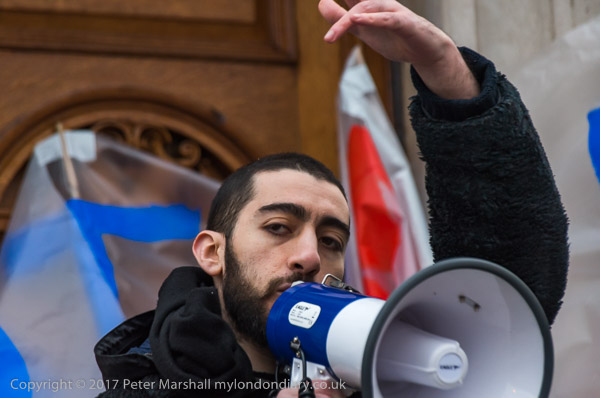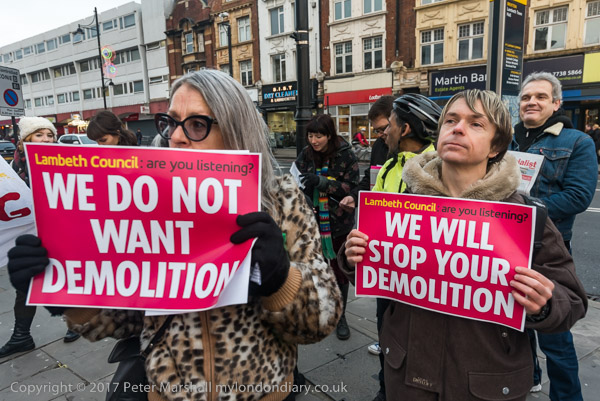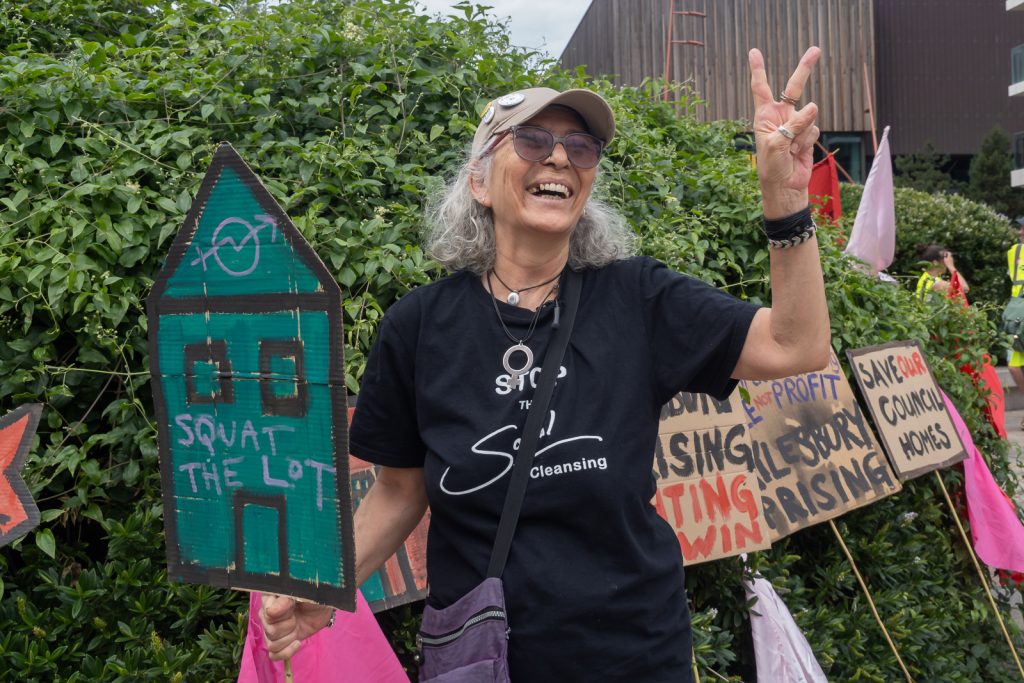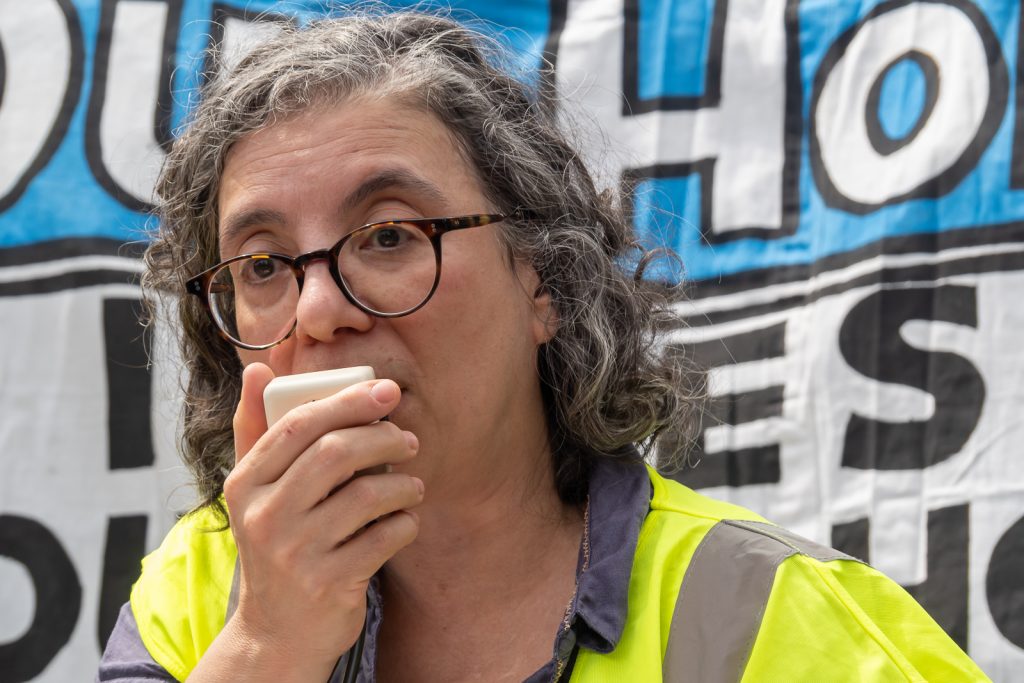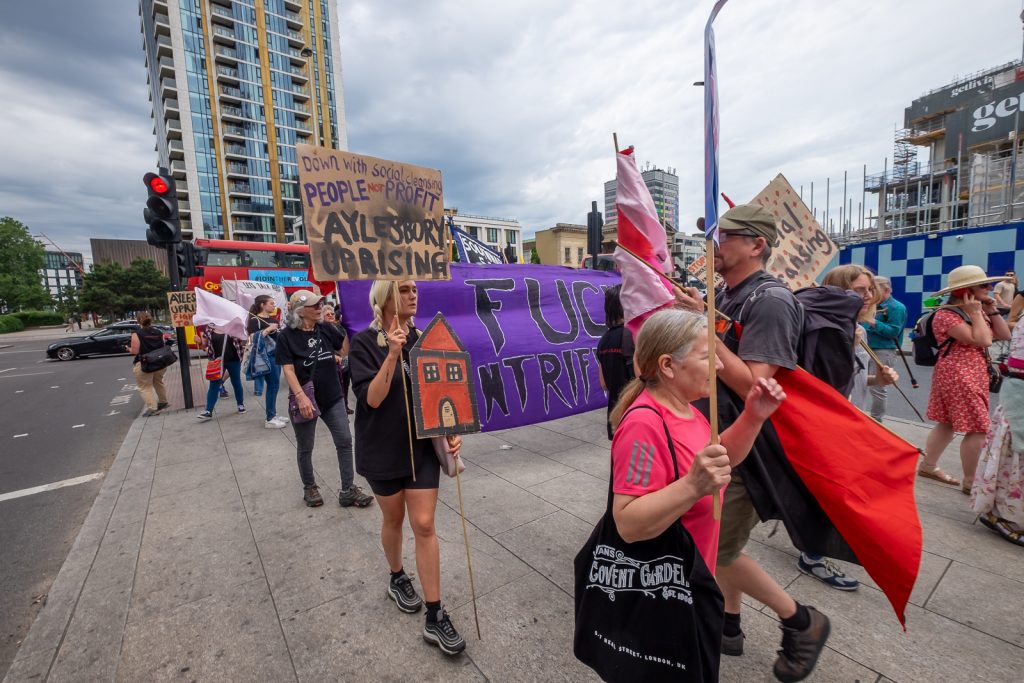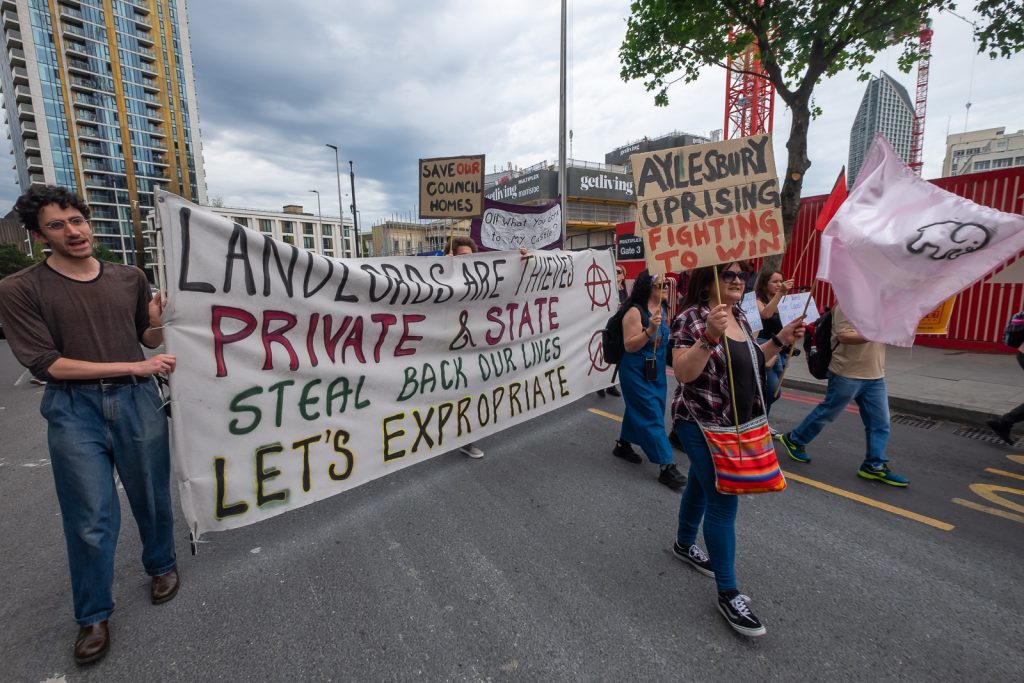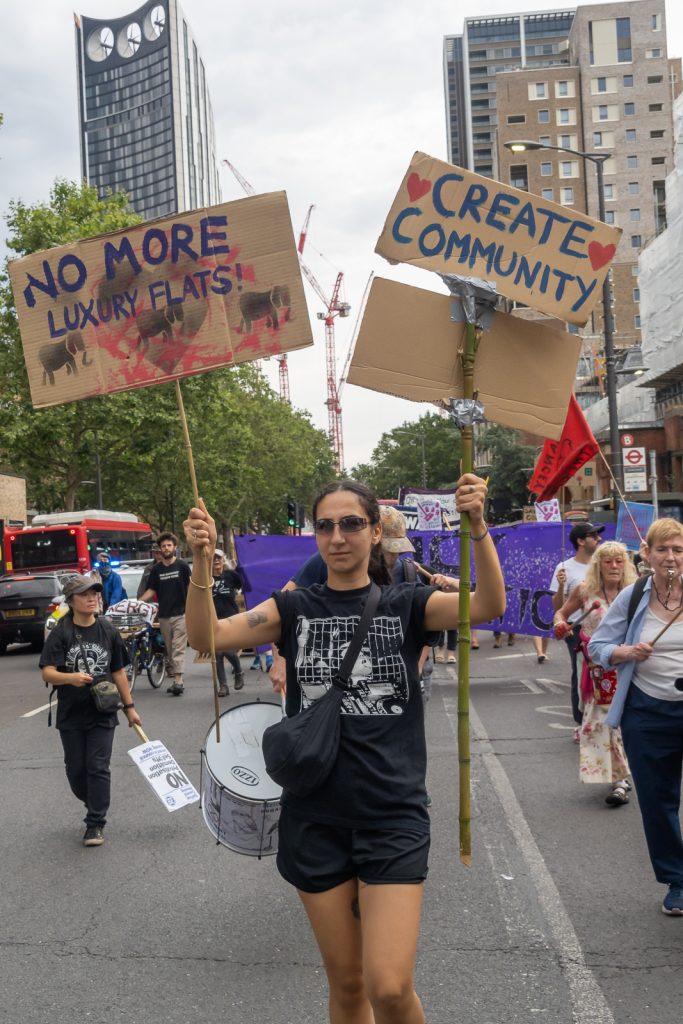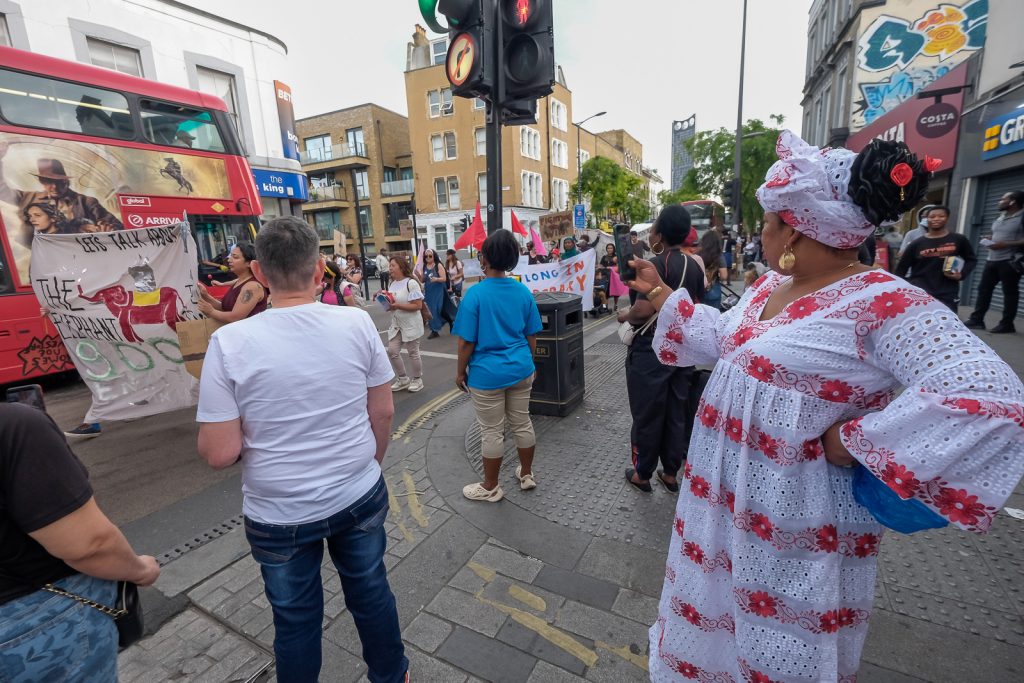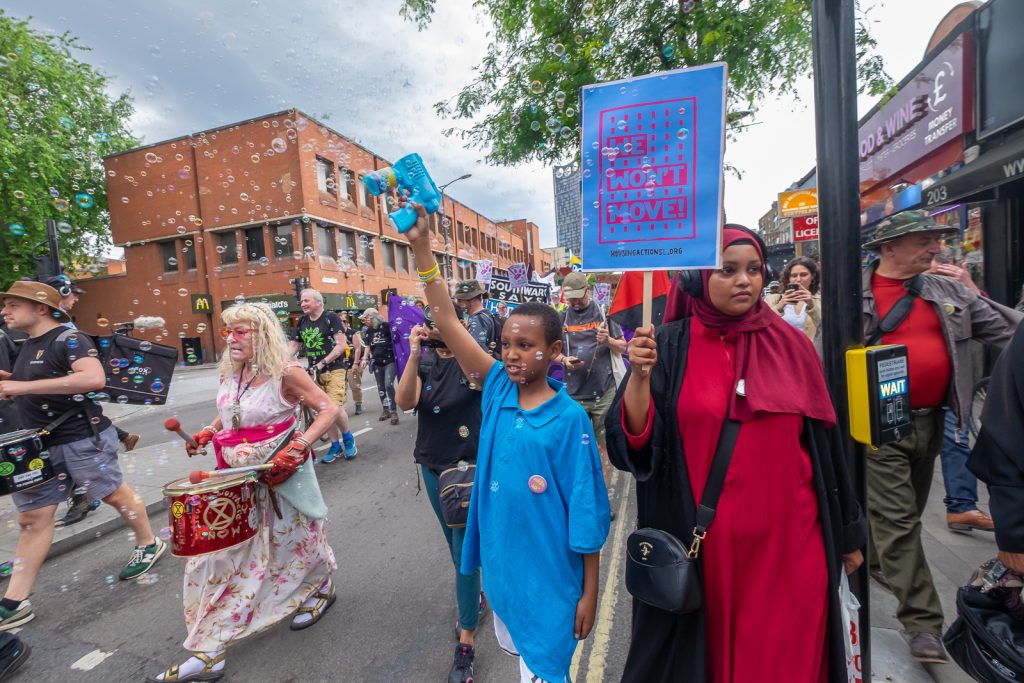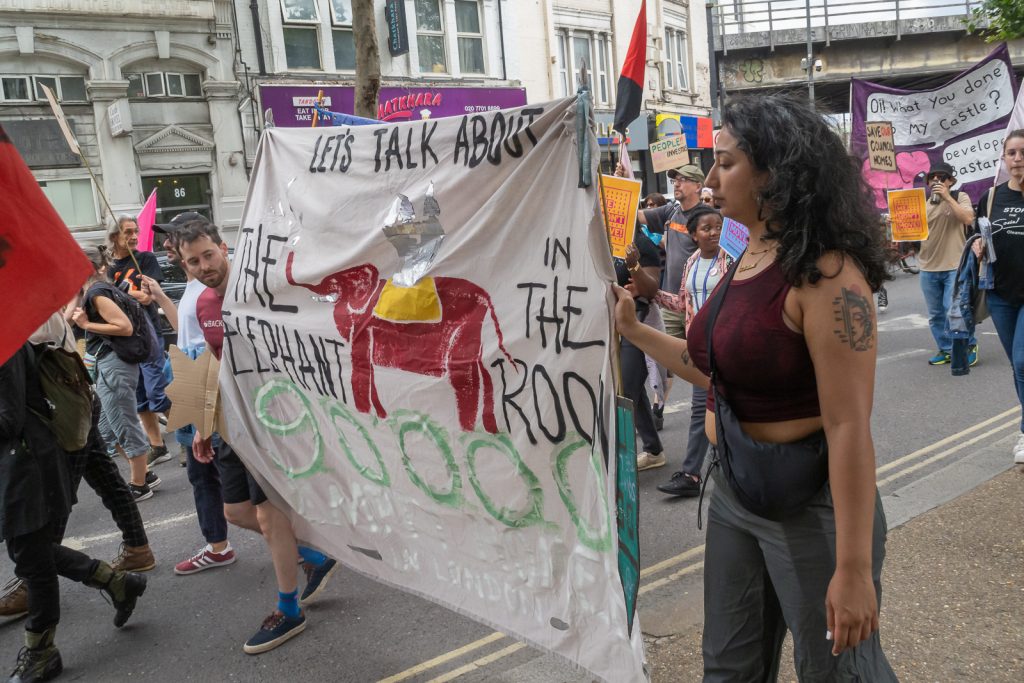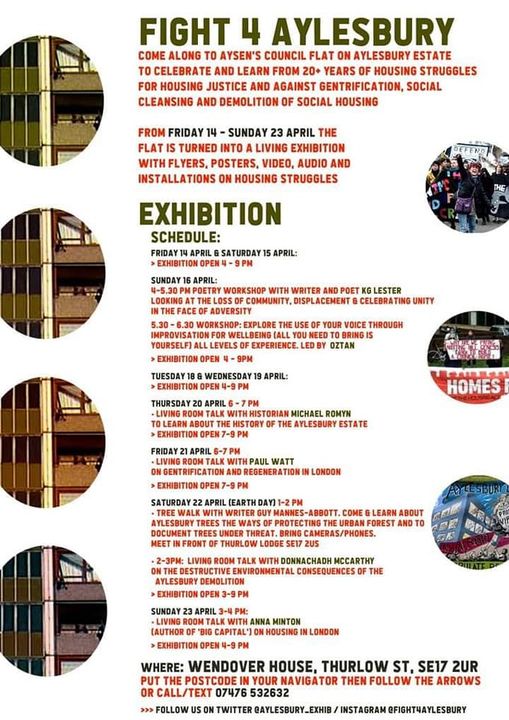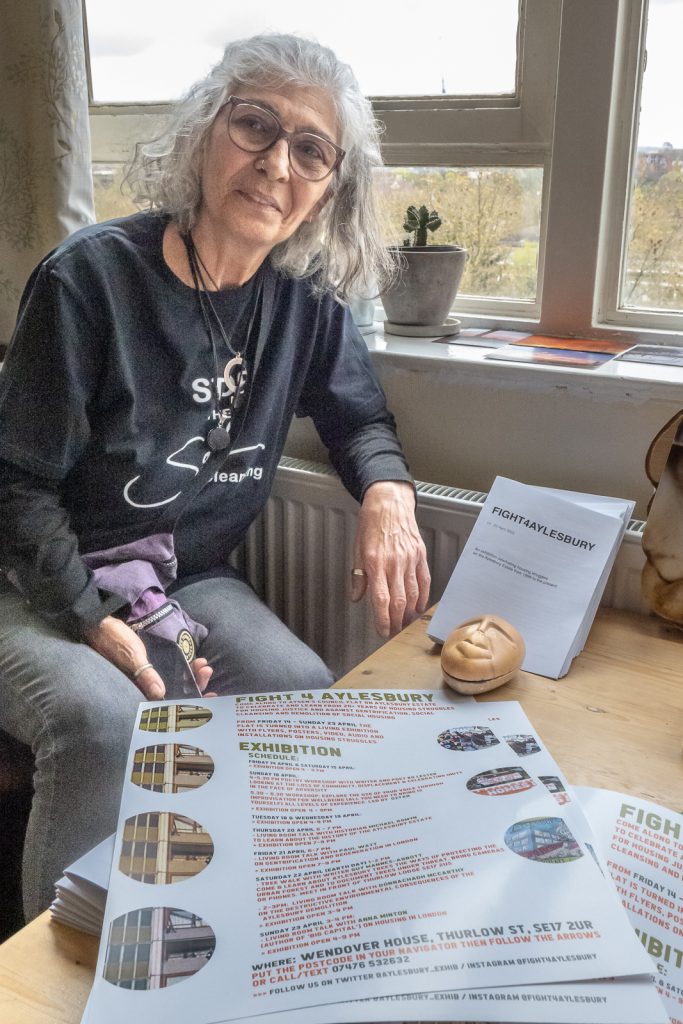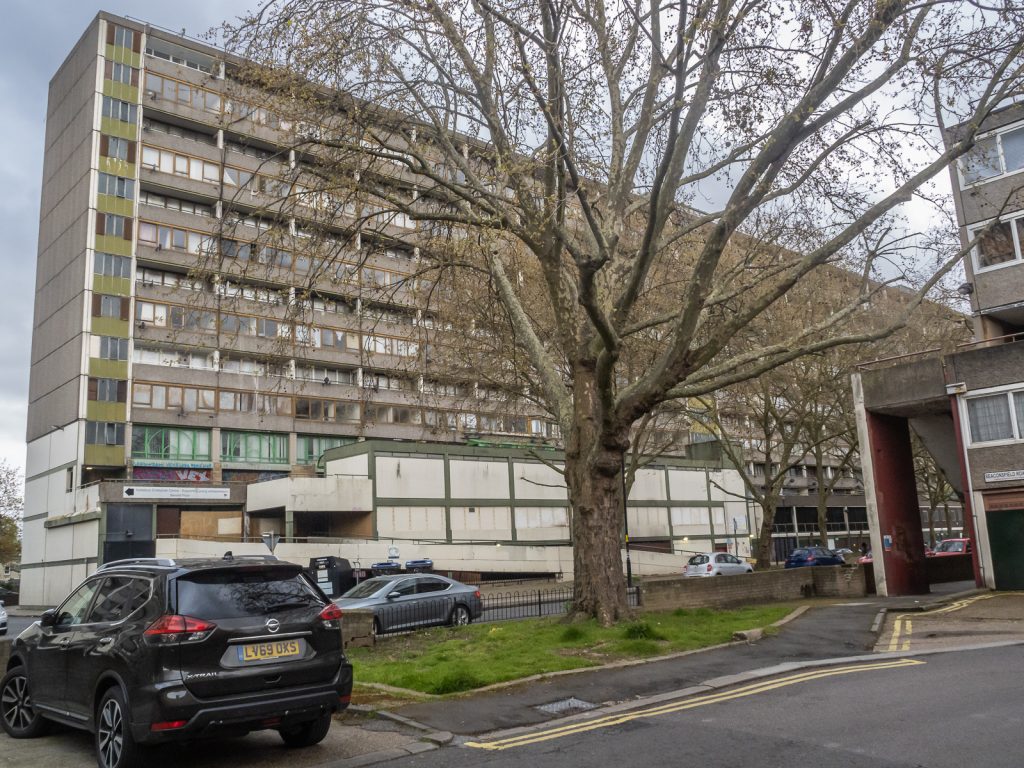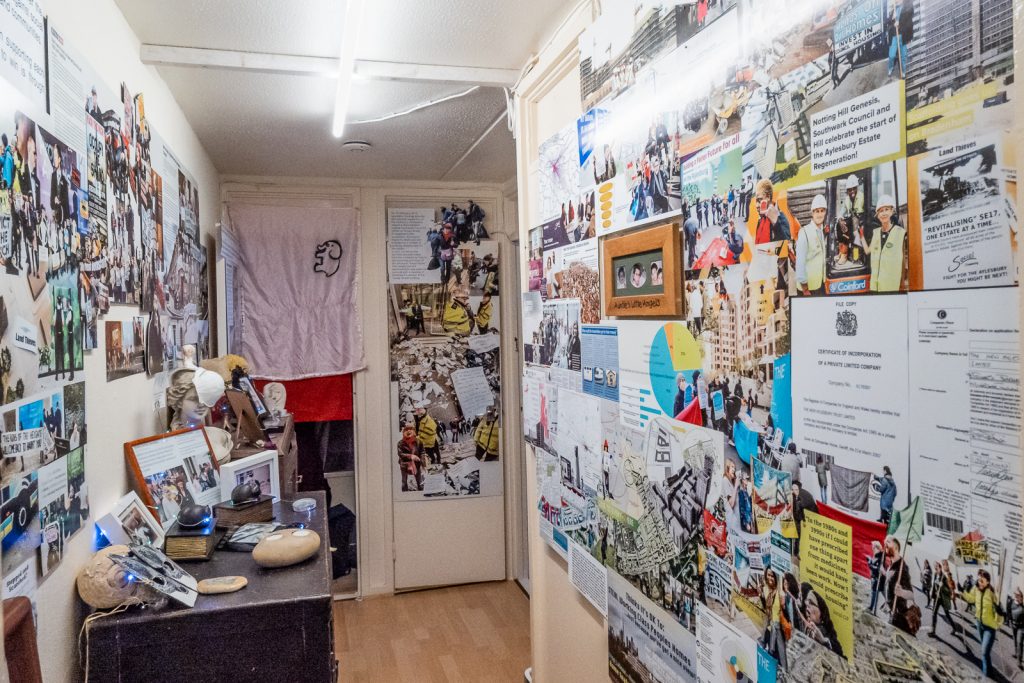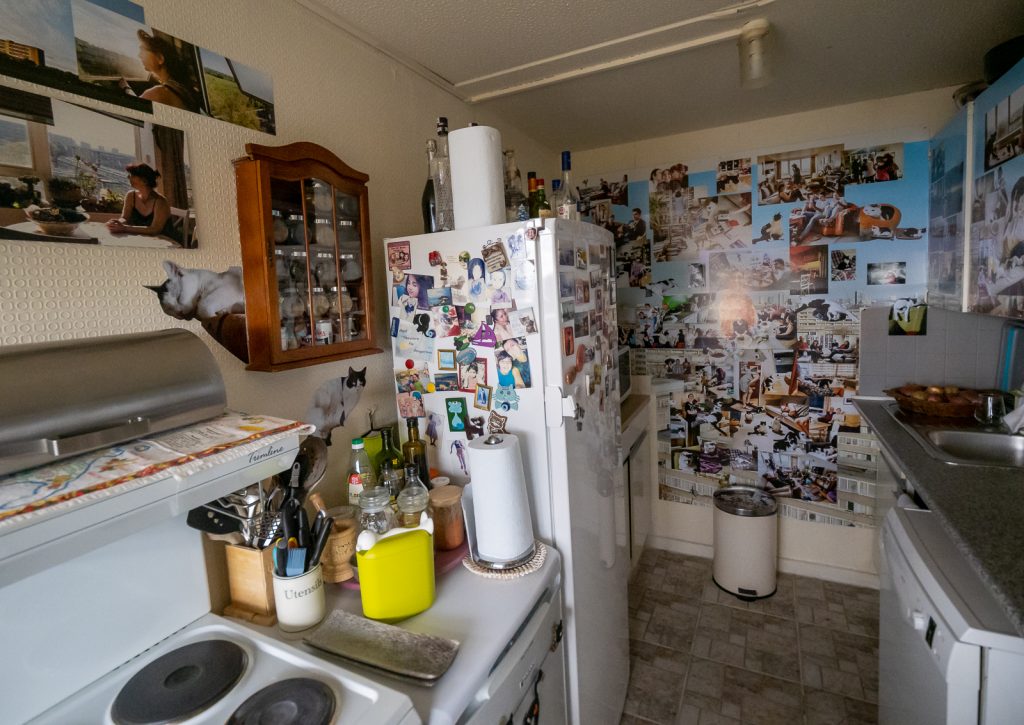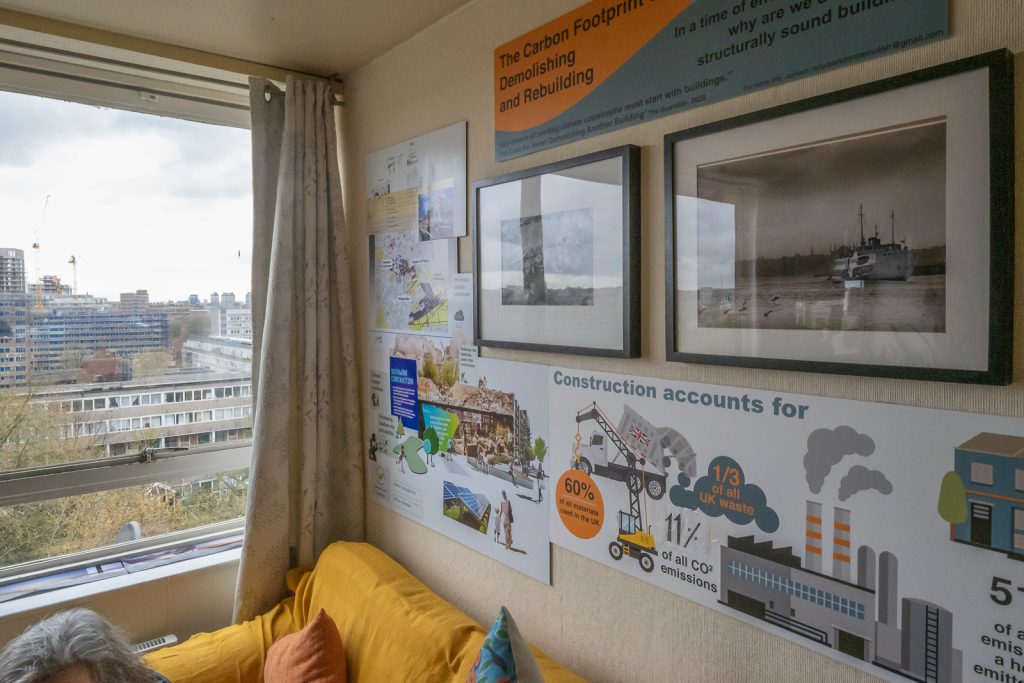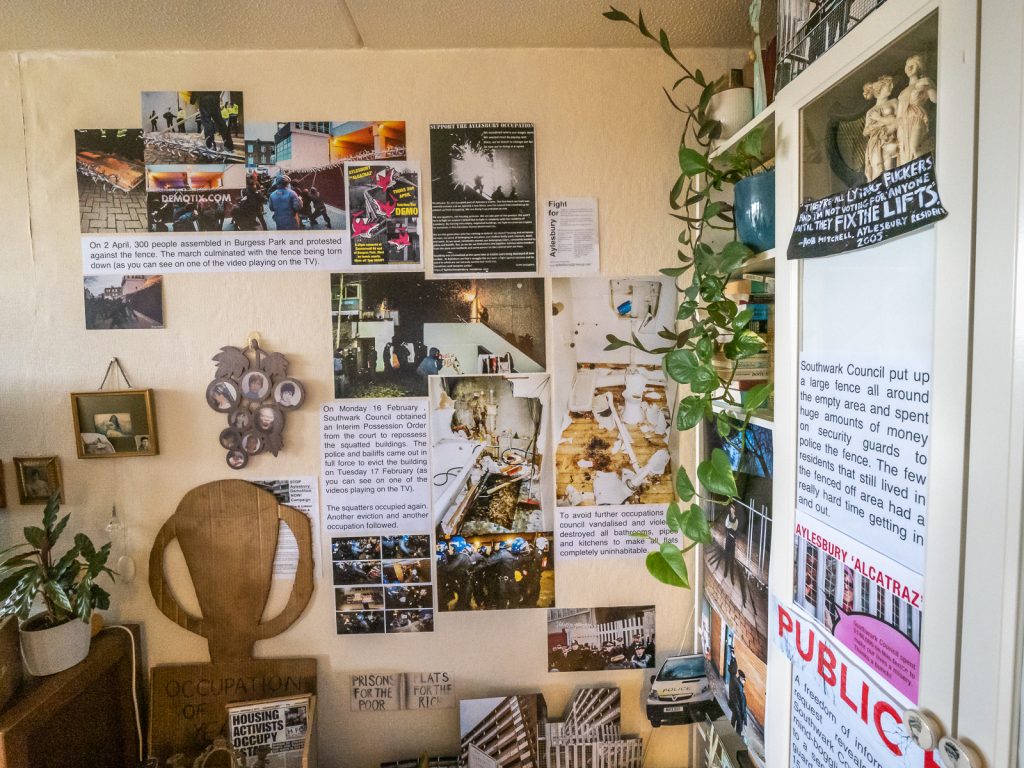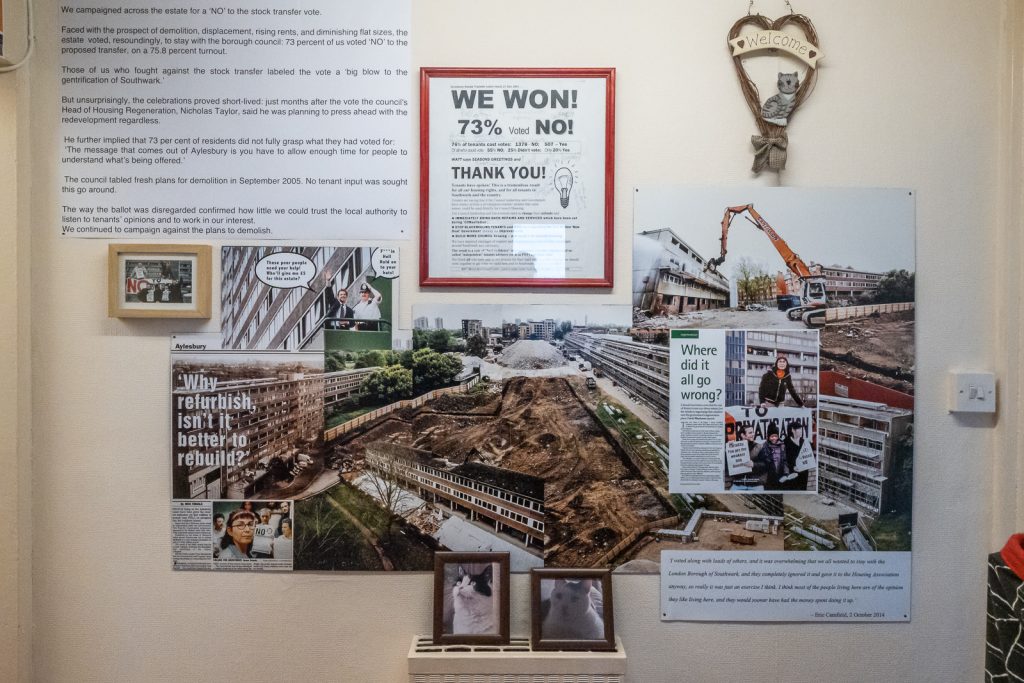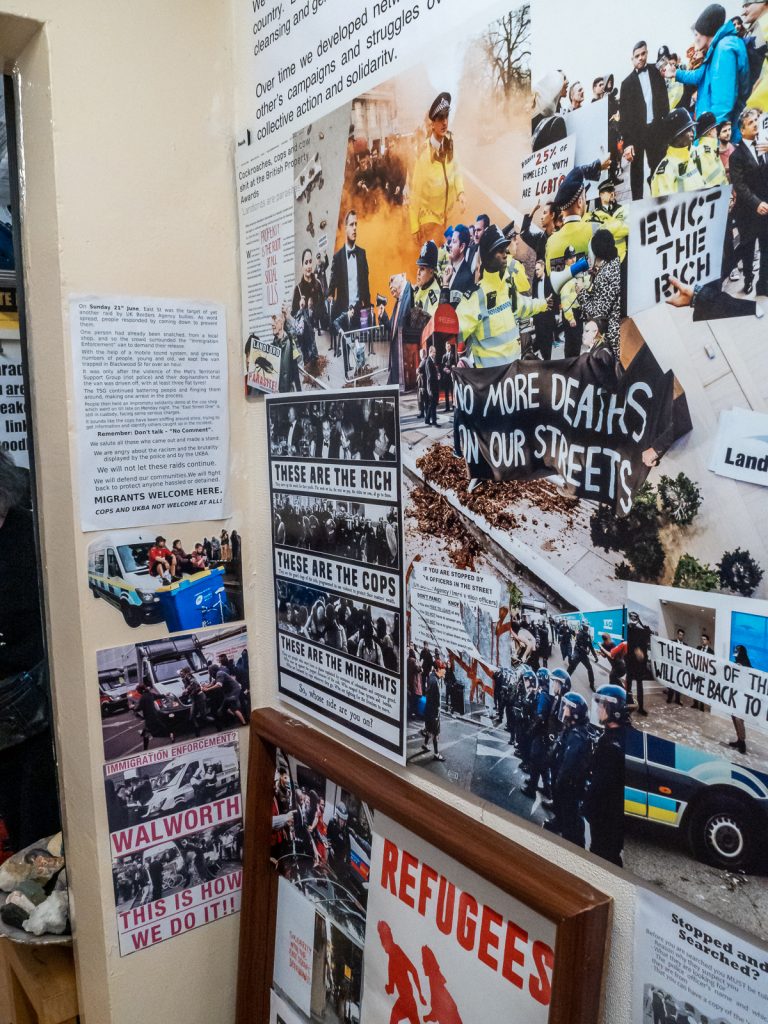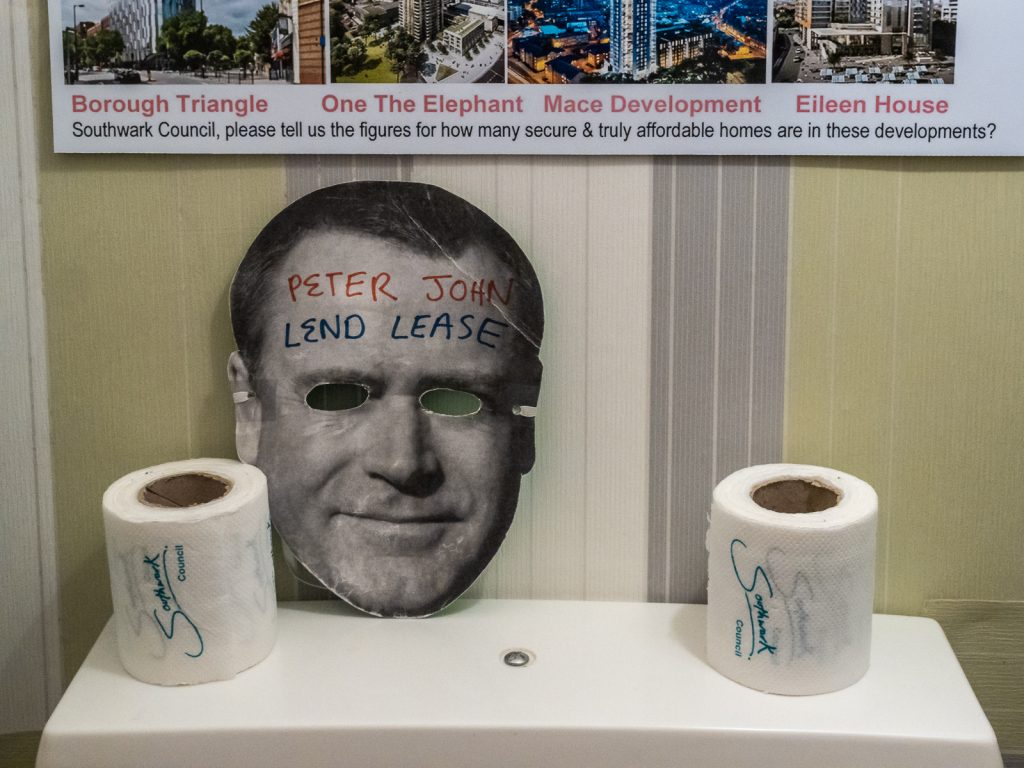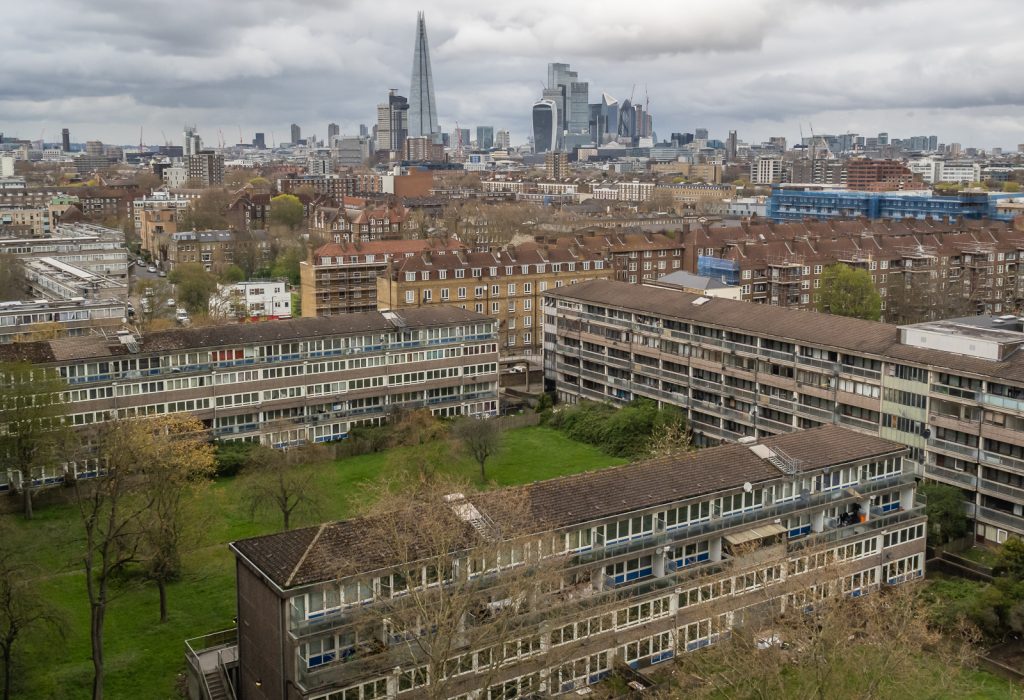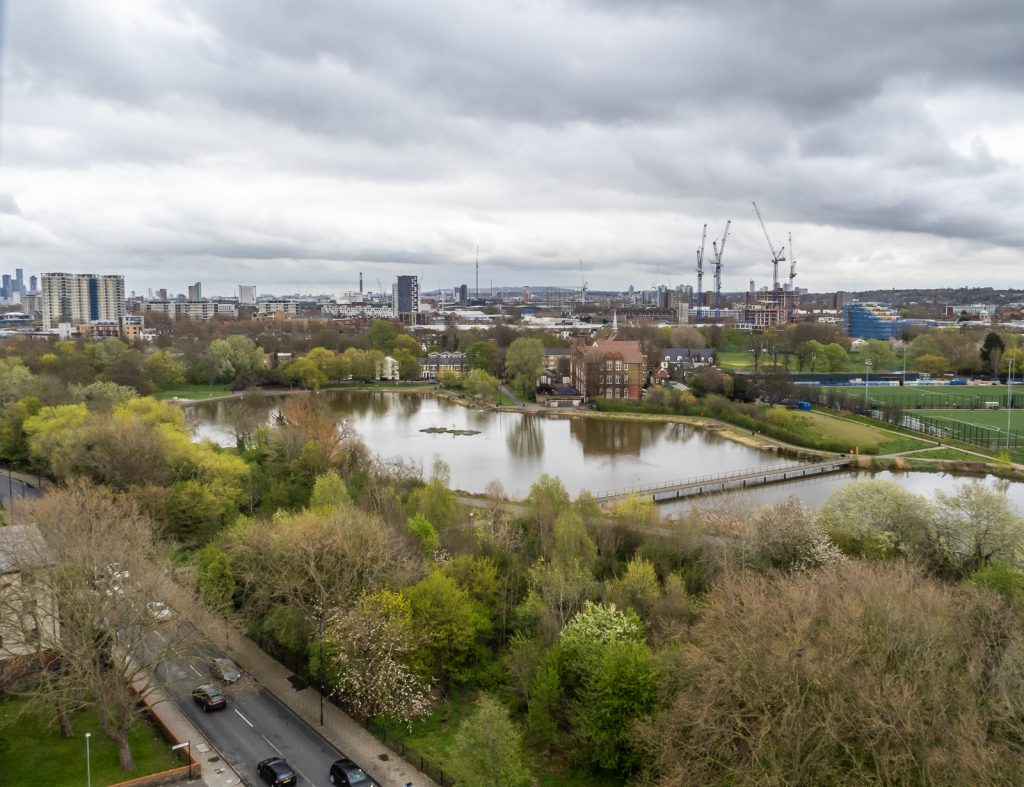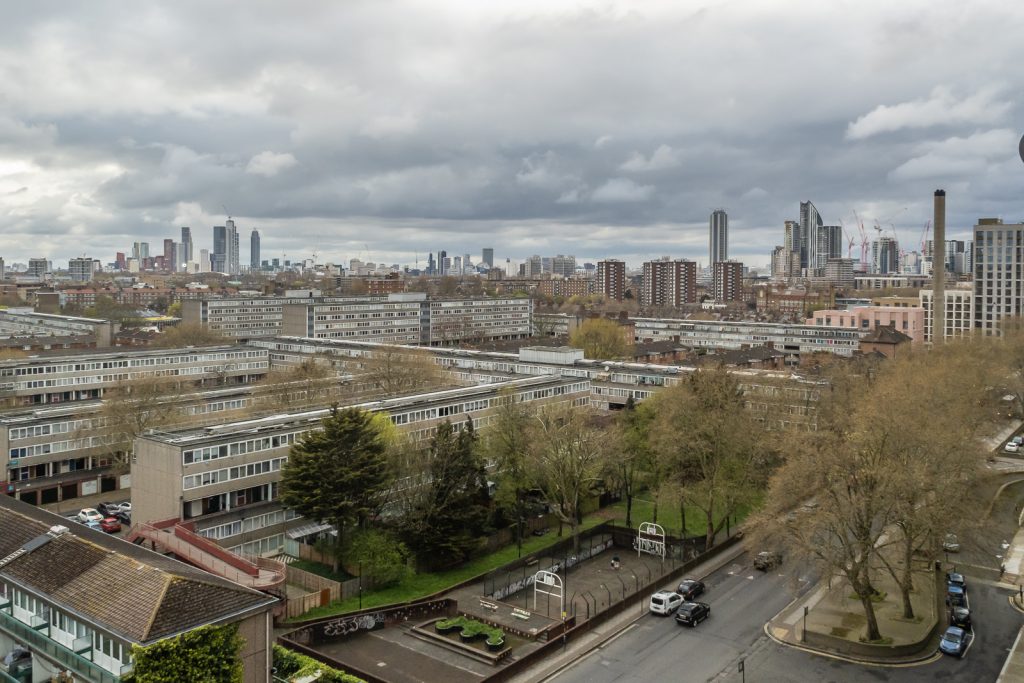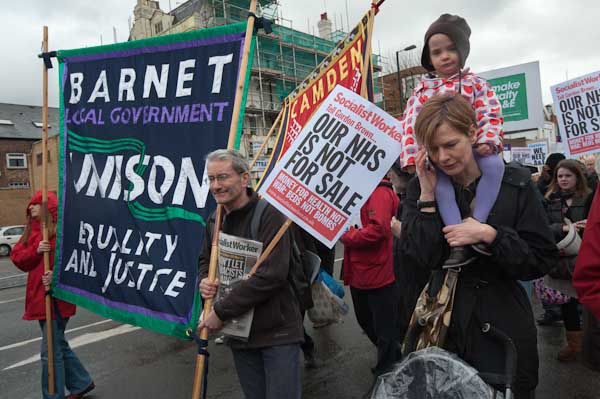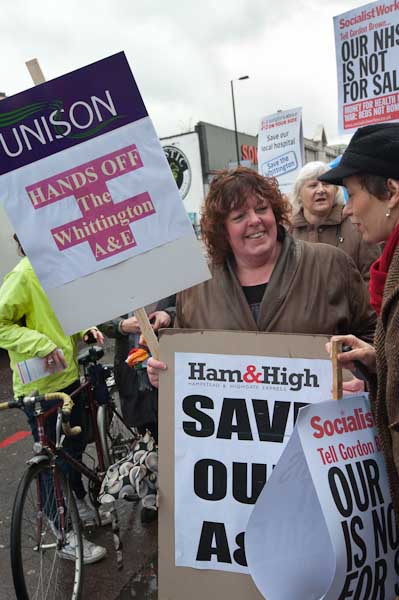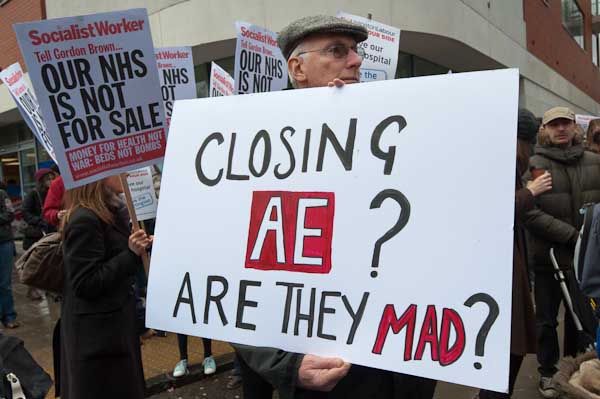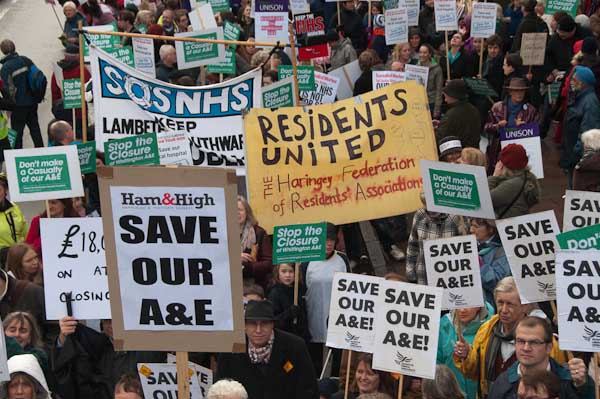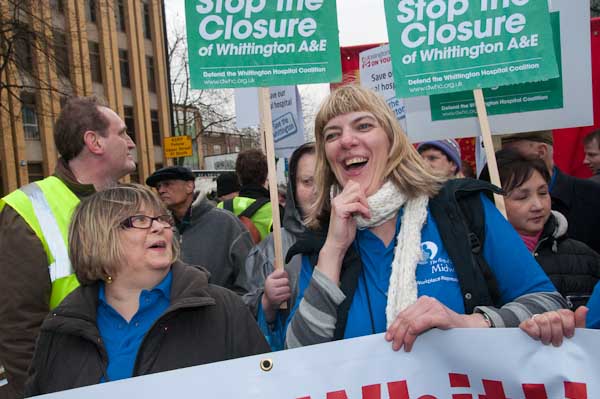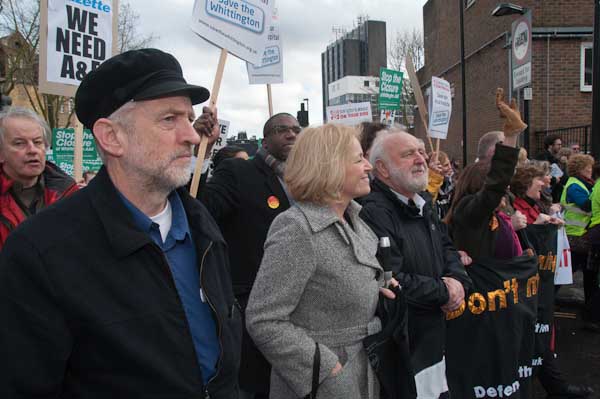Guantanamo, National Gallery, Elephant, Aylesbury & Lisa; Ten years ago Thursday 5th February 2015 was a long and interesting day for me, with a couple of protests, a short walk around London, an estate occupation and a memorable book launch.
Close Guantanamo – 8 Years of protest – US Embassy
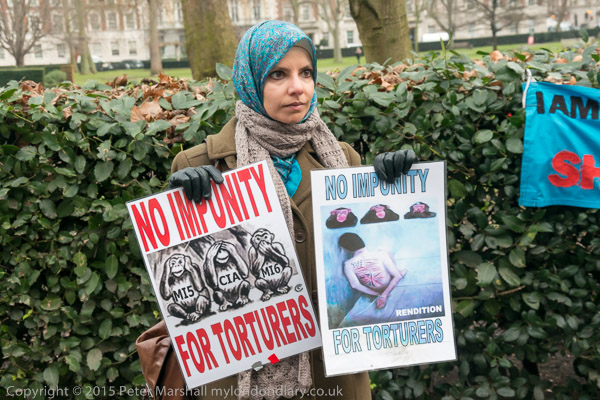
A small group from the London Guantánamo Campaign was celebrating 8 years of holding monthly protests at the US Embassy in Grosvenor Square.
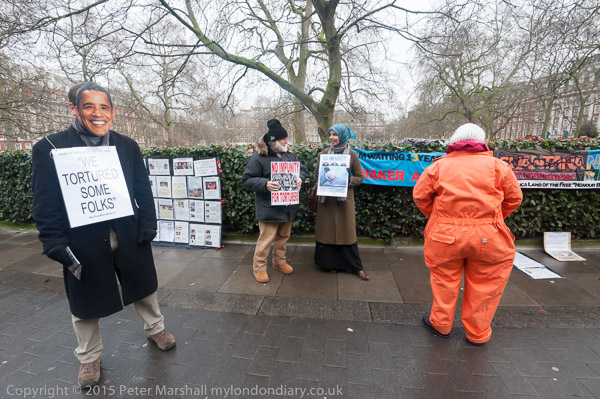
Among those protesting were four people who had been taking part in the protests there for 8 years.
Close Guantanamo – 8 Years of protest
No Privatisation At National Gallery – Trafalgar Square and DCMS, Whitehall
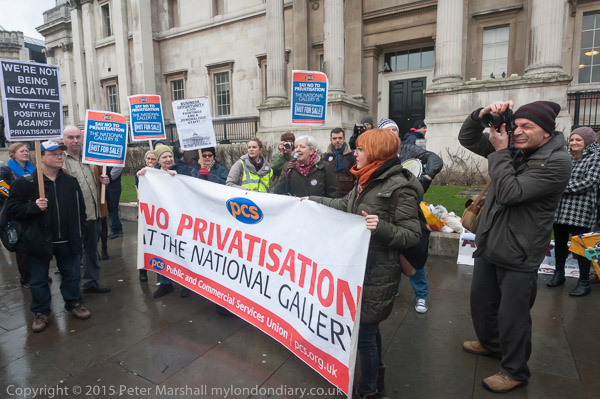
The National Gallery had told 400 of its 600 staff who are responsible for the security of the paintings and the public, provide information about the collection, organise school bookings and look after the millions of visitors each year that they are no longer to be employed by the gallery and will instead become employes of a private company.
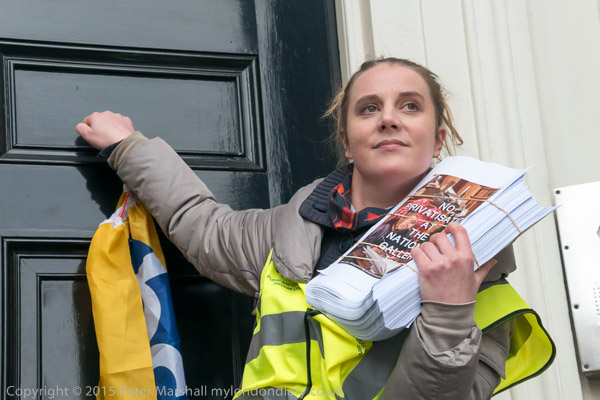
A private company had already taken over “temporarily” to run services in a third of the gallery.
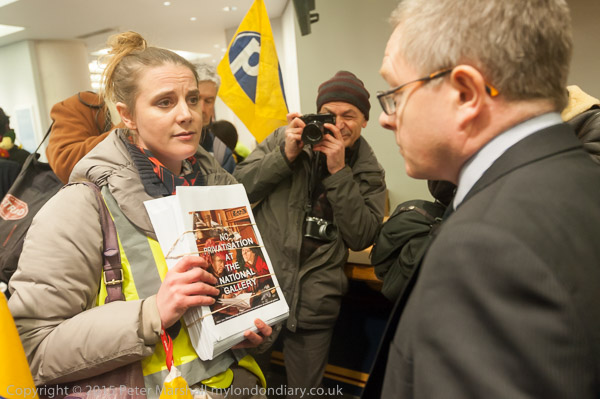
Workers at the gallery had staged a 5 day strike against the privatisation and were incensed when Candy Udwin, one of the senior PCS union reps and a member of the team taking part in negotiations with management at ACAS, was suspended, accused of breaching commercial confidentiality, and they demanded her re-instatement.
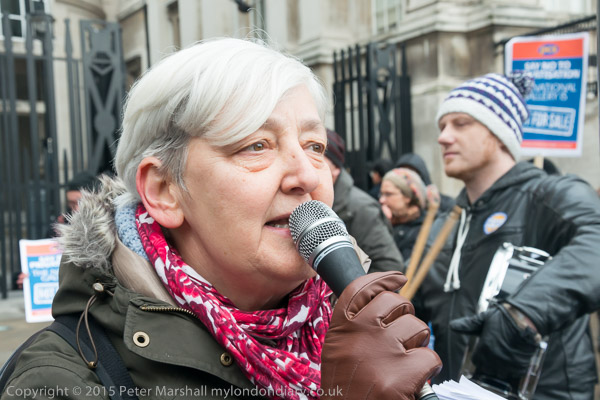
The National Gallery was then the only major museum or gallery in London still not paying the London Living Wage. Staff were already living on poverty pay and the privatisation would threaten pay and worsen the conditions – sick pay, holiday pay, pensions, hours of work etc – of these loyal and knowledgeable staff.
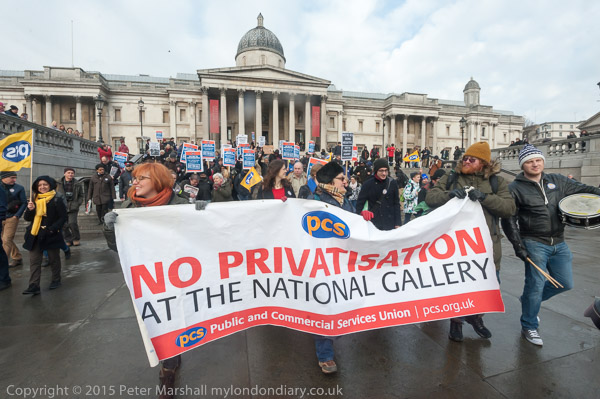
When nobody came to the door as they tried to deliver their 40,000 signature petition against privatisation a group went into the Sainsbury Wing to tray and deliver it. Security tried to get them to leave. Nobody from the gallery would come down to recieve the petition and eventually the strikers handed it over to the Head of Security who promised to deliver it to management personally.

The strikers and their supporters then marched through Trafalgar Square and Whitehall to the Dept of Culture, Media and Sport, then in Parliament Street, where the minister concerned had agreed to receive a copy of the petition and three of them were allowed to take it in. Here there was a short rally with speakers including Jeremy Corbyn MP.
No Privatisation At National Gallery
Around the Elephant – Elephant & Castle
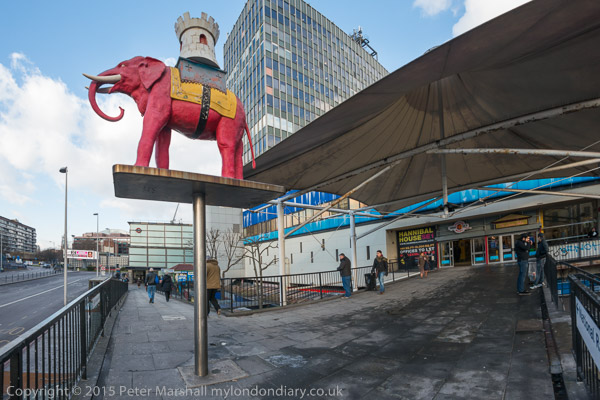
I made a few pictures as I walked from the Bakerloo Line station at Elephant & Castle to the Aylesbury Estate and afterwards on my way back to the station. The shopping centre has now been demolished and new buildings have sprung up on its site,
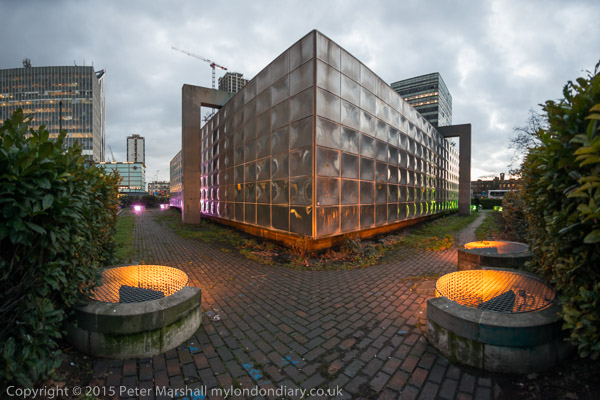
This strange building is an electricity substation which is still there, although there is no longer a roundabout around it. It was built as a memorial to Michael Faraday, ‘The Father of Electricity’ who was born a few hundred yards away in 1791.
More pictures at Around the Elephant.
Aylesbury Estate Occupation – Walworth

Southwark Council’s Aylesbury Estate was one of the UK’s largest council estates, built between 1963 and 1977 with over 2,700 homes. Lack of proper maintenance by the council and its use by them as a sink estate had led to it getting a reputation for crime, exaggerated by its use in filming TV crime series and films there not least because of its convenient location.
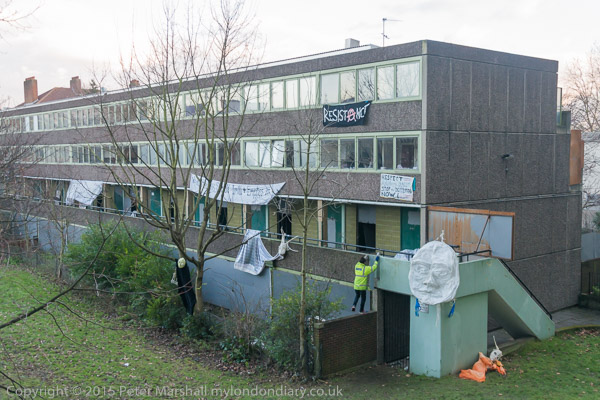
It was on the Aylesbury Estate that Tony Blair got in on the act making his first speech as Prime Minister promising to fix estates like this and improve conditions for the urban poor through regeneration of council estates.

The buildings were actually well-designed and structurally sound on a well-planned estate with plenty of green space, but having been built in the sixties and 70s needed bringing up to date particularly in terms of insulation and double glazing. Southwark Council had also repeatedly failed to carry out necessary maintenance, particularly on the district heating system which they had allowed to become unreliable. But many residents liked living on the estate and when given the choice voted by a large majority for refurbishment rather than redevelopment. I visited several homes on other occasions and was quite envious, and the residents clearly loved living there.

Southwark Council responded by claiming the refurbishment would cost several times more than independent estimates suggested and went ahead with plans to eventually demolish the lot. Given the large number of homes involved the process was expected to last 20 years (later increased to 25 and likely to take even longer.) The first fairly small phase was completed in 2013, and the homes that were occupied in 2015 were in Phase 2.

I wasn’t able to access the flats that were occupied as it would have meant a rather dangerous climb to the first floor which I decided was beyond me, but I did meet some of the occupiers and went with them and some local residents to distribute leaflets about a public meeting to other flats in the estate.

Many residents support the occupiers and knew that they would lose their comfortable homes in a good location when they are finally forced to move. Some will be rehoused by Southwark, though mainly in less convienient locations and smaller properties, but many are on short term tenancies which do not qualify them for rehousing and will have to find private rented accommodation elsewhere. Those who have acquired their flats will only be offered compensation at far less than the cost of any similar accommodation in the area and will have to move much further from the centre of London.

While the volunteers were posting leaflets on one of the upper floors of the largest block on the estate, Wendover, I took some pictures to show the extensive views residents enjoyed. This was hindered by the fact that the windows on the walkways were thick with dust, possibly not cleaned since the block was built and not opening enough to put a camera through. Then fortunately I found a broken window that give me a clear view.
Much more at Aylesbury Estate Occupation.
Getting By – Lisa’s Book Launch – Young Foundation, Bethnal Green

Lisa McKenzie’s book ‘Getting By‘ is the result of her years of study from the inside of the working class district of Nottingham where she lived and worked for 22 years, enabling her to view the area from the inside and to gather, appreciate and understand the feelings and motivations of those who live there in a way impossible for others who have researched this and similar areas.
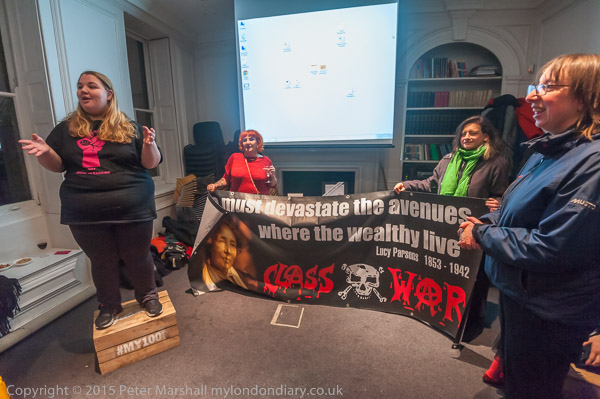
On the post in My London Diary I write much more about the opening – and of course there are many more pictures as well as a little of my personal history.
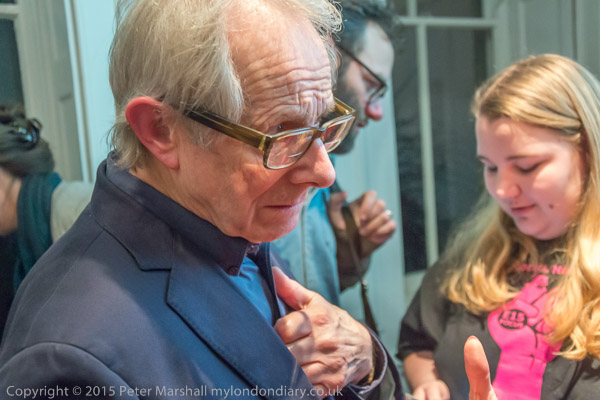
Getting By – Lisa’s Book Launch.
Flickr – Facebook – My London Diary – Hull Photos – Lea Valley – Paris
London’s Industrial Heritage – London Photos
All photographs on this page are copyright © Peter Marshall.
Contact me to buy prints or licence to reproduce.
